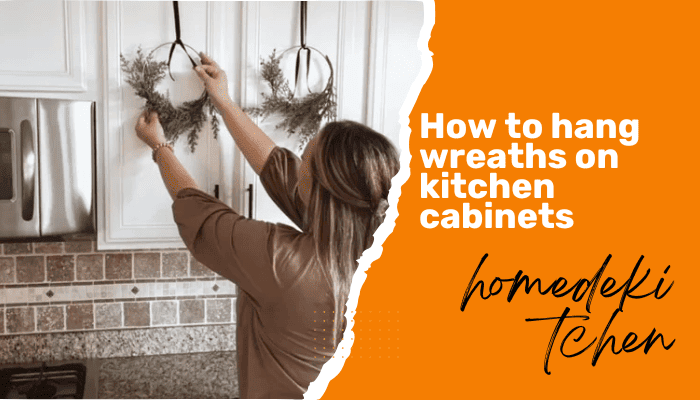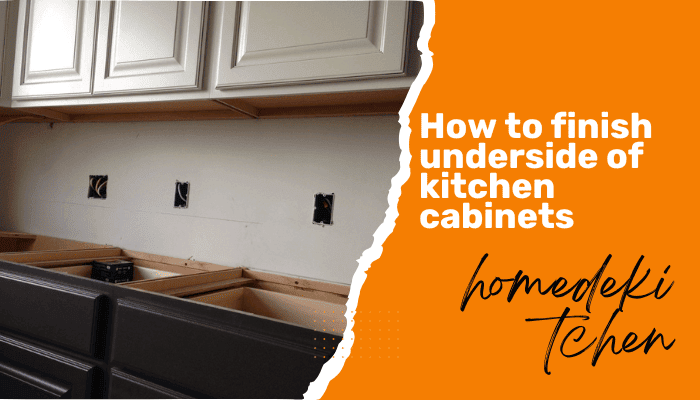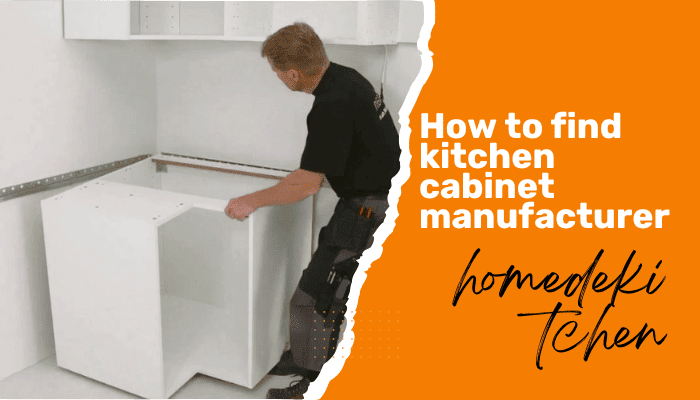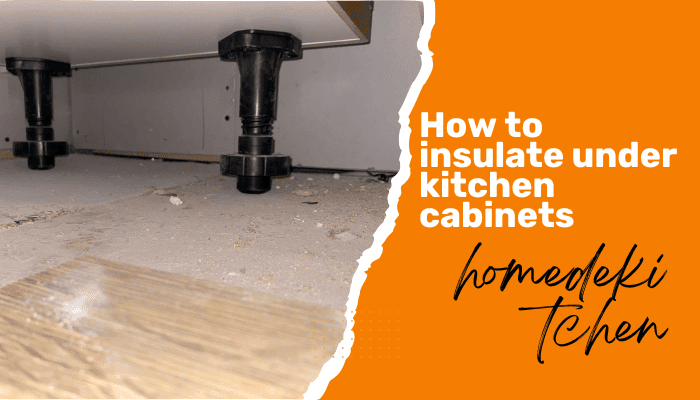
The correct tools and methods can be used to remove the wrap or laminate from kitchen cabinets, even though it can be a labor-intensive operation. An instruction manual for how to remove wrap from kitchen cabinets is provided below:
Tools and Materials you’ll need:
- Heat Gun or Hair Dryer: This will help soften the adhesive and make it easier to peel off the wrap.
- Utility Knife: A sharp utility knife with a new blade will be essential for cutting through the wrap.
- Putty Knife: This will help you pry up the edges of the wrap and lift it away from the surface.
- Gloves: Wear gloves to protect your hands from heat and sharp edges.
- Safety Glasses: Protect your eyes when using a utility knife or heat gun.
- Painter’s Tape: Use this to mark off any areas you want to protect from heat or damage
Guide, Step-by-Step how to remove Wrap from kitchen cabinets
1. Clear the Area:
Start by taking everything out of the cabinets and cleaning the space surrounding them. You’ll have more room to work this way, and nothing will get destroyed.
2. Protect Surrounding Areas:
Cover any nearby surfaces you want to shield from heat or scuffs using painter’s tape.
3. Heat the Wrap:
Begin by heating a small area of the wrap with a heat gun or hair dryer set to a low to medium setting.
To uniformly distribute the heat, hold the heat gun about 6 to 8 inches away from the surface and move it in a circular motion. Heat the wrap until you can feel it becomes malleable and soft.
4. Start peeling by gently lifting the edge of the wrap.
Take care not to scratch the material that makes up the cabinet. Use the putty knife to slowly and carefully peel the wrap away from the surface once you’ve raised one edge. If the wrap begins to chill and solidify, keep the heat tool or hair dryer handy to reheat it.
5. Work in Sections:
Work in small sections at a time, heating, and then peeling. Take your time to avoid damaging the underlying cabinet material.
6. Remove Residue:
After you’ve removed all the wrap, you may have adhesive residue left on the cabinets. You can use adhesive remover or a mixture of equal parts water and vinegar to clean the residue.
Apply the solution with a cloth and gently scrub until the adhesive is gone. Rinse with clean water and dry the cabinets thoroughly.
7. Inspect for Damage:
After removing the wrap and adhesive residue, inspect the cabinet surface for any damage. If there are any nicks or scratches, you may need to sand and refinish the cabinets.
8. Finishing Touches:
After the removal procedure has been completed to your satisfaction and the cabinet surfaces have been thoroughly cleaned, you can refinish the cabinets, repaint them, or, if you’d like, add new laminate or wrap.
Conclusion
To prevent harming the cabinets, don’t forget to take your time and be cautious. If you’re unsure of your skills, it might be advisable to hire a specialist to complete the task for you.
FAQs!!
1. Do kitchen cabinets need to have their wrapping removed?
No, never. When the wrap is damaged, or worn out, or you wish to modify the cabinet’s design, it is typically removed. You can paint over the wrap or add new wrap on top if it’s in good shape and you like the way it looks.
2. Is it possible to paint over the current wrap rather than remove it?
You can cover the current wrap with paint, yes. To guarantee optimal paint adherence, you must first clean, sand, and prime the wrap. The finish might be smoother and more durable if the wrap is taken off.
3. What should I do if the sides of the wrap are peeling?
Applying heat (with a hairdryer or heat gun) and pressing the edges down with a roller or your fingers can frequently mend a wrap that is only peeling at the edges. It could need to be taken off if it’s badly damaged or flaking all over.
4. After removing the wrap, can I use it again?
Reusing the removed wrap is not advised. The wrap could be harmed during removal, and the adhesive backing could stop working properly.
5. Can the wrap be removed without a heat gun?
Even while using a heat gun or hair dryer makes the removal procedure simpler, you can still try it. To avoid harming the cabinets, it can be more difficult and you’ll need to be patient and careful.






